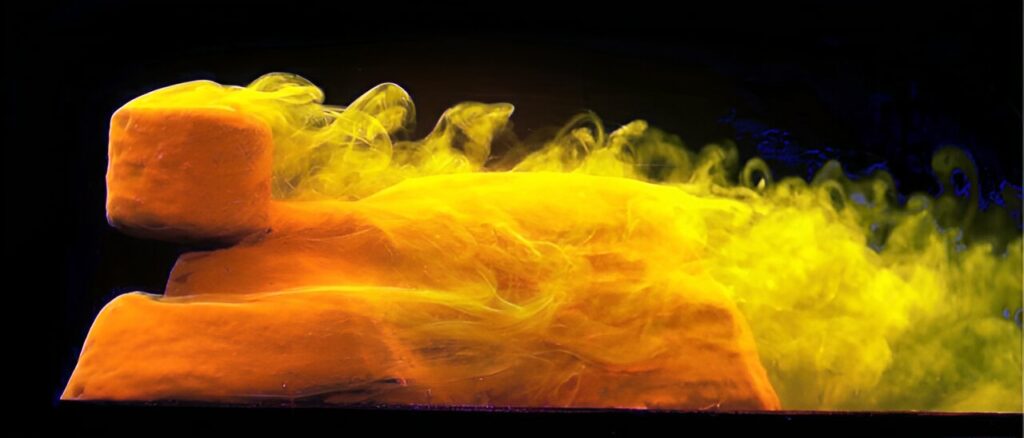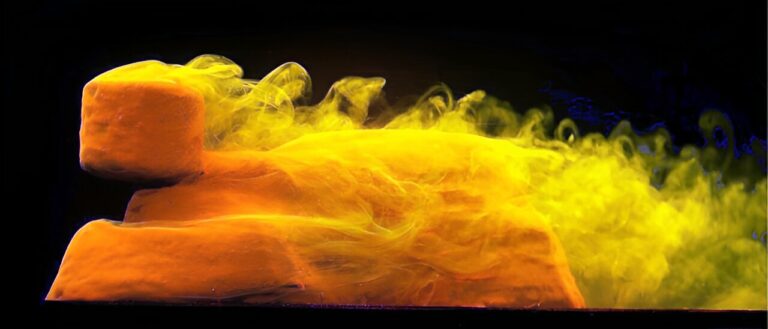Research Proposes that Natural Forces Could Have Contributed to the Formation of the Great Sphinx of Giza
A team of experimental physicists and applied mathematicians from New York University has presented evidence suggesting that the Great Sphinx of Giza in Egypt may have originated as a natural formation.
Published in the journal Physical Review Fluids, the study by Samuel Boury, Scott Weady, and Leif Ristroph explores natural erosion processes and investigates the notion that the Sphinx might have initially formed through the influence of strong winds. Historical accounts indicate that prolonged exposure to strong desert winds can, over time, shape stone formations resembling animals in repose. Such formations, known as yardangs, result from varying degrees of hardness and softness in different areas of a structure.
In the past century, scholars have proposed that similar conditions led to the creation of a massive stone resembling a lion at rest. Subsequently, human carving may have refined its features, culminating in the iconic Great Sphinx of Giza. Supporting this theory is the fact that the Sphinx was carved from a single stone, distinguishing it from structures like the pyramids, which were constructed.

To validate this idea, the researchers attempted to recreate the conditions that could have led to the initial formation of the Sphinx. Their experiment involved placing a clay-enclosed plastic cylinder in a water-filled tank, where flowing water mimicked the effects of wind. When positioned strategically within the clay, the plastic cylinder eroded into a shape remarkably similar to the Sphinx, complete with elongated paws. Further analysis revealed that erosion dynamics were driven by the harder portion of the simulated rock (the plastic cylinder) channeling water downward, causing erosion below.
This process resulted in the cylinder forming the head, towering over a narrowing neck and, to some extent, the body. Swirling movements farther down contributed to the space between the extended legs and paws.
This article is republished from PhysORG under a Creative Commons license. Read the original article.
Do not forget to share your opinion with us to provide you with the best posts !




0 Comments